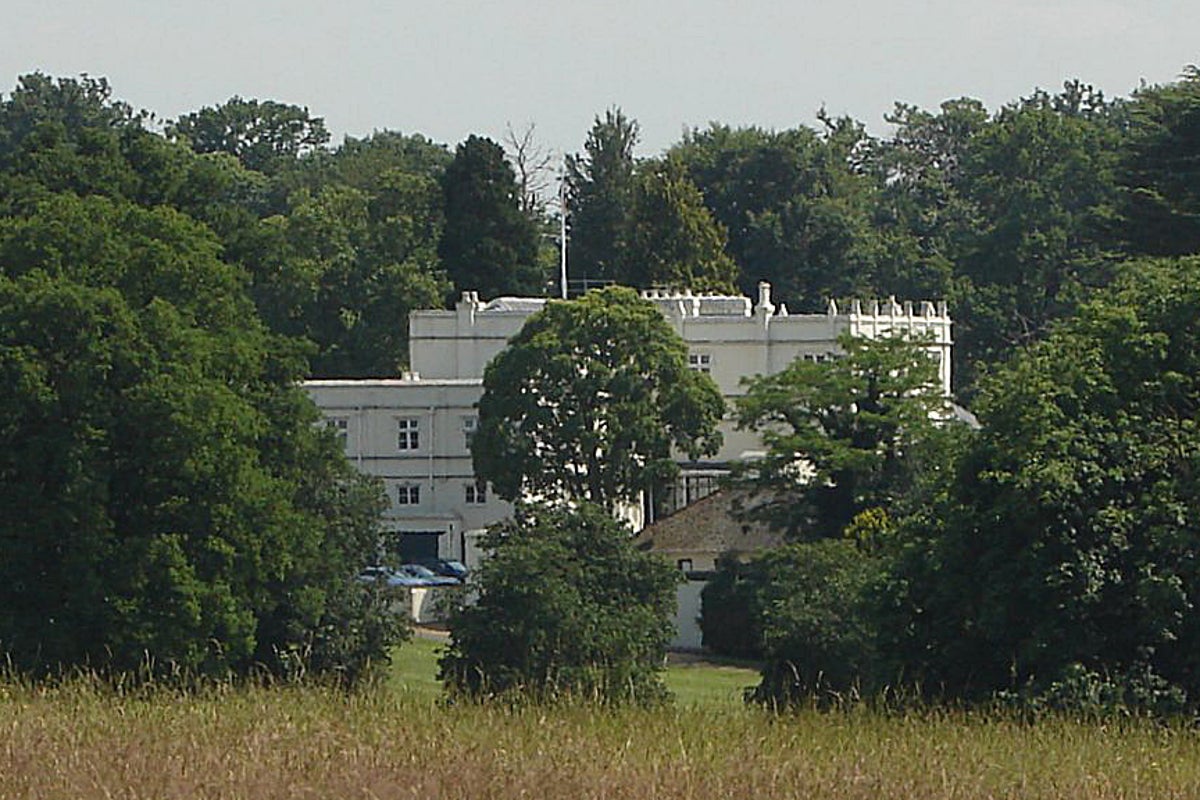 Getty Images
Getty ImagesEdinburgh and Glasgow airports could see the biggest shake-up of Scotland’s airspace since the 1950s under new flight path proposals.
A public consultation has opened into the plans, which are designed to reduce noise and cut emissions during take offs and landings.
The Airspace Change Organising Group says modern aircraft are still using “outdated routes” from 70 years ago – often flying further and longer than needed.
The Scottish Airspace Modernisation consolation is jointly co-ordinated between Edinburgh Airport, Glasgow Airport and air traffic service Nats.
Nats said the revised routes could bring a reduction of 18,000 tonnes of CO2e each year – approximately the emissions from the energy used by 5,000 homes.
Lee Boulton, head of operations development, said: “Above 7,000ft, Scottish airspace is among the busiest in the UK, handling over 40% of UK traffic.
“With demand expected to rise over the next decade, airspace modernisation will help ensure the network can meet future needs.”
 Glasgow Airport
Glasgow AirportEdinburgh Airport and Glasgow Airport are each responsible for the modernisation of their departure and arrival flight paths below 7,000ft.
Nats is responsible for connecting these routes into the higher airspace above.
The airport operators will hold a series of events during the consultation period presenting the proposals to communities, local businesses, MPs and MSPs.
It is part of a nationwide plan by the UK government and Civil Aviation Authority (CAA) to deliver quicker, quieter and cleaner flights.
The Airspace Change Organising Group (Acog) was set up to co-ordinate the airspace redesign.
In England, the initial shake-up will focus on complex airspace around London.
 Edinburgh Airport
Edinburgh AirportMark Swan, Head of Acog, said: “This consultation marks a significant milestone in the national programme of airspace change, with Scotland at the vanguard of the programme.
“Airspace is critical national infrastructure which drives Scotland and the UK’s economy, by enabling tourism, business, and trade.
“Upgrades will enhance the efficiency of this infrastructure, to reduce passenger delays, lower emissions per flight, and prepare for potential future growth.”
Gordon Dewar, chief executive of Edinburgh Airport, said: “The modernisation of our skies has been needed for some time, and the proposals we’re presenting have been shaped through our engagement and discussion with our local communities.”
Mark Beveridge, managing director of Glasgow Airport, said: “Our proposals aim to reduce the total adverse effects of noise from aircraft, improve capacity and minimise delays, and lower emissions per flight through more direct routing.”
The consultation runs until 25 January 2026. Anyone affected can submit responses via an online consultation portal.


